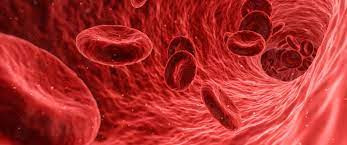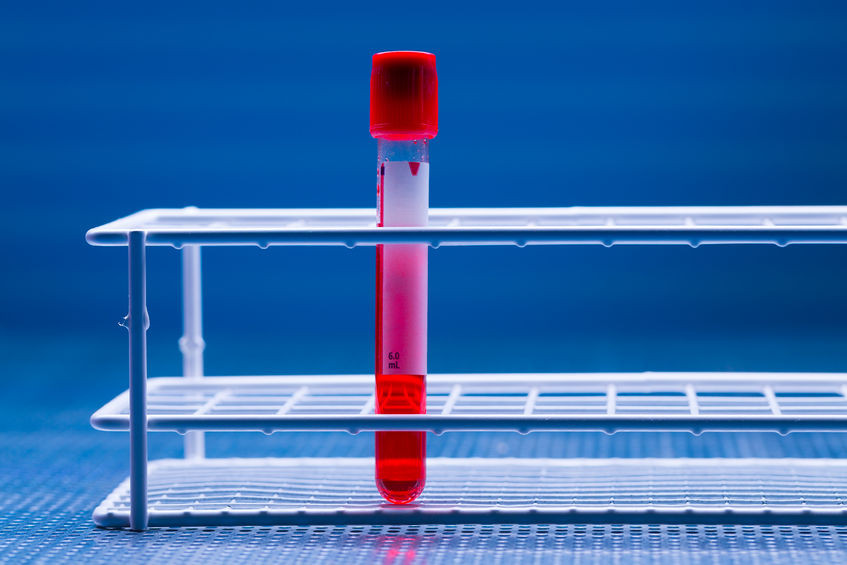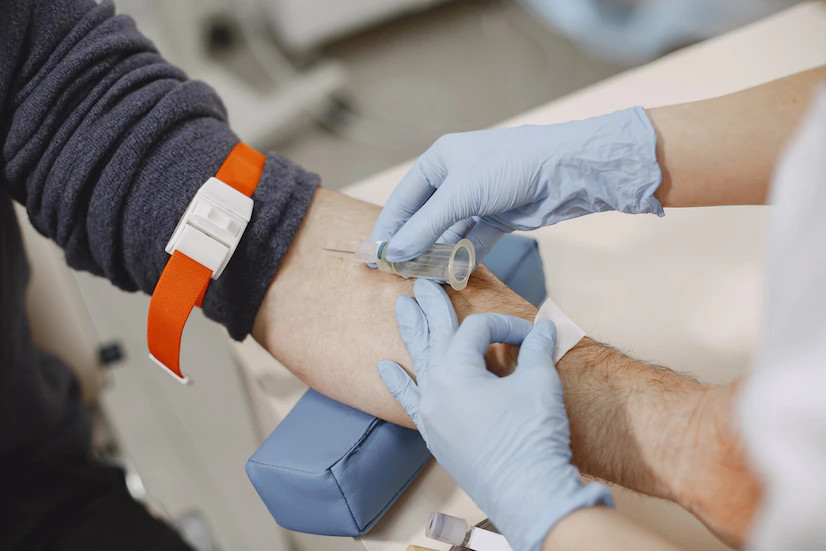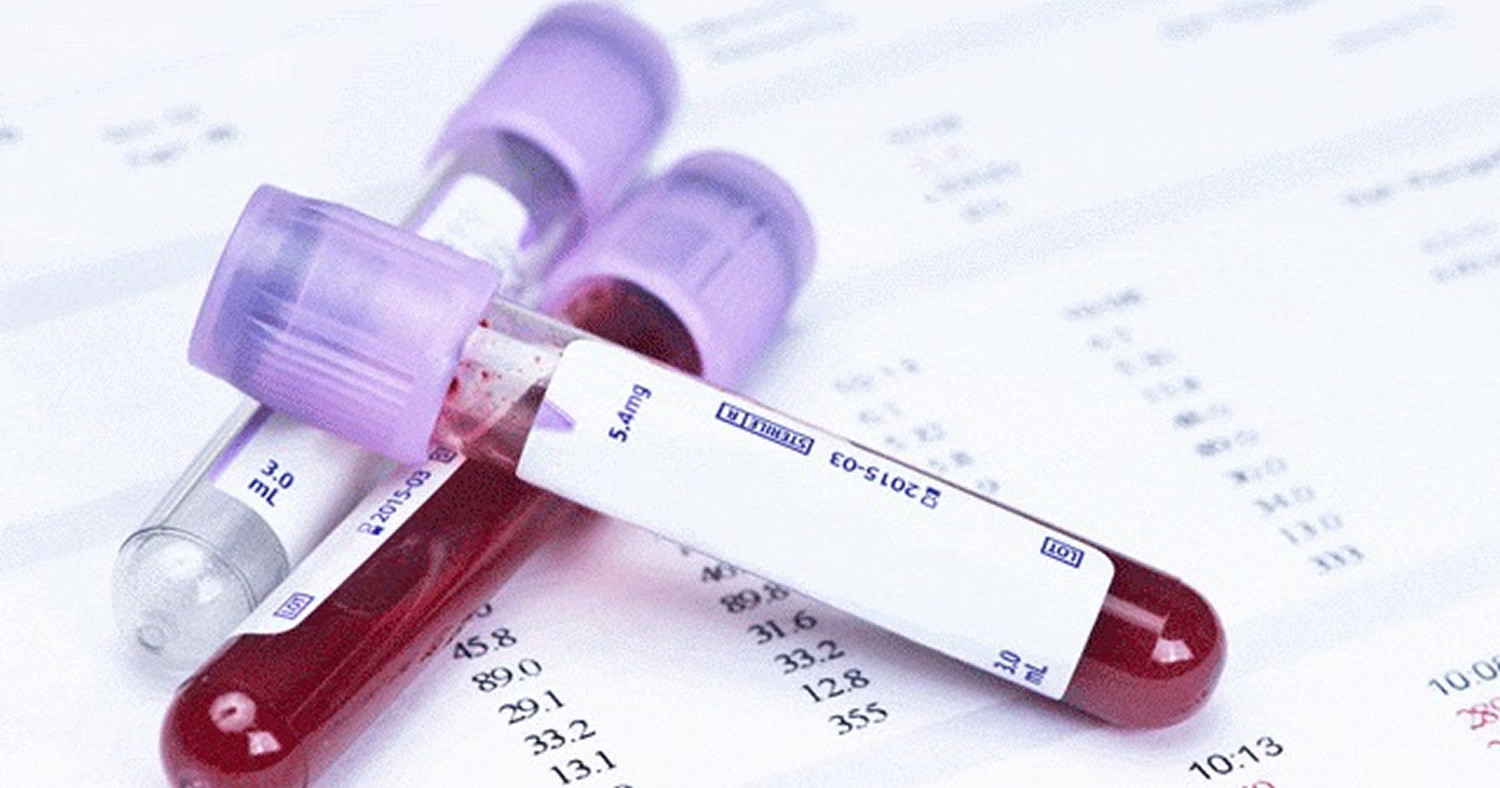Definition
The hemoglobin test is conducted to measure the concentration or level of hemoglobin in the blood. Hemoglobin is a key protein in red blood cells (erythrocytes), produced in the bone marrow. It contains iron, which is responsible for transporting oxygen throughout the body’s organs and tissues. Hemoglobin also carries carbon dioxide from the body’s tissues back to the lungs, where it is expelled from the body during the respiratory process. If the hemoglobin levels are found to be outside the normal range, it may indicate a potential blood disorder.
Typically, the hemoglobin test is done as part of a complete peripheral blood test or a complete blood count (CBC), which may also include tests for leukocytes, platelets, and hematocrit levels.
The hemoglobin test is most commonly used to assess whether a person has anemia, a condition where hemoglobin levels are lower than normal, leading to a lack of oxygen in the body. As a result, individuals with anemia may experience fatigue, low energy, and other related symptoms.
When hemoglobin levels are found to be above the normal range, the condition is known as polycythemia, where there is an excessive number of red blood cells in the body.
Indication
The hemoglobin test is typically performed in the following situations:
-
To help diagnose anemia when there are clinical signs or symptoms suggesting it
-
To monitor hemoglobin levels in patients undergoing treatment for anemia or polycythemia vera
-
To track hemoglobin levels in patients with long-term infections or those experiencing bleeding
-
As part of a screening for individuals with a family history of blood disorders that may be genetically inherited
-
For routine screening during medical check-ups
Contraindication
There are no specific contraindications or medical conditions that would prevent someone from undergoing a hemoglobin test.
Preparation Before the Test
There is no special preparation required for the hemoglobin test. It can be performed without fasting. However, it is advisable to consult a doctor before undergoing the test, as certain conditions or medications may interfere with the test results, potentially leading to inaccurate readings.
Test Procedure
The hemoglobin test generally uses a blood serum sample of 0.25 to 0.5 ml, which is taken from a vein and collected into a specialized tube. Laboratory staff will wear gloves and Personal Protective Equipment (PPE) when handling the blood sample.
Before drawing blood, the healthcare provider will apply an elastic band to your arm to make the veins more visible and will clean the puncture site with antiseptic gauze. The blood is typically drawn from the elbow crease area. After the sample is collected and placed into the tube, the elastic band is removed, and pressure is applied to the puncture site to stop any bleeding. The procedure takes only a few minutes, and the blood sample is then analyzed in the laboratory. The results are usually available within a few hours.
Normal and Abnormal Values
The normal range for hemoglobin levels varies based on age and gender. In general, the following are the normal and abnormal value ranges for hemoglobin:
Adult Males
|
Value (mg/dL) |
Interpretation |
|
<14 |
Low |
|
14 - 18.5 |
Normal |
|
>18.5 |
High |
Adult Females
|
Value (mg/dL) |
Interpretation |
|
<12 |
Low |
|
12 - 16.5 |
Normal |
|
>16.5 |
High |
Children
|
Value (mg/dL) |
Interpretation |
|
<9.5 |
Low |
|
9.5 - 14 |
Normal |
|
>14 |
High |
Infants or Neonates (Newborns)
|
Value (mg/dL) |
Interpretation |
|
<12 |
Low |
|
12 - 20 |
Normal |
|
>20 |
High |
However, each laboratory may have slightly different reference ranges depending on the equipment or tools used.
Results and Recommendations (Follow-up Tests)
Low Hemoglobin Results
If your hemoglobin test results show low values, it is important to consult a doctor. Low hemoglobin levels are indicative of anemia, a medical condition where there is insufficient hemoglobin to carry oxygen to the body’s tissues. Anemia can be classified into two categories: one due to low red blood cell production, and the other due to a higher rate of red blood cell loss compared to production in the bone marrow.
Conditions that can lead to low red blood cell production include:
-
Nutrient deficiencies, such as:
-
Iron
-
Folic acid
-
Vitamin B12
-
Vitamin B6
-
-
Relative anemia, seen in conditions like:
-
Overhydration (excess water in the body)
-
Pregnancy
-
Post-flight recovery in astronauts
-
Chronic diseases
-
Kidney disease
-
Liver disorders
-
Endocrine diseases
-
Aplastic anemia (where the bone marrow cannot produce sufficient blood cells)
-
Sideroblastic anemia (a disorder where the bone marrow cannot produce normal red blood cells)
-
Conditions associated with a higher rate of red blood cell loss compared to production include:
-
Bleeding
-
Hemoglobin disorders (e.g., thalassemia)
-
Red blood cell damage
While low hemoglobin values suggest anemia, you should not attempt to self-diagnose. It is essential to consult with a doctor for a full evaluation and physical examination if you are experiencing any symptoms or concerns.
Normal Hemoglobin Results
If your hemoglobin test results fall within the normal range, it indicates that you are most likely in good health. To maintain this status, continue leading a healthy lifestyle, including regular exercise and balanced nutrition, to prevent diseases such as anemia (low red blood cells) or polycythemia (excessive red blood cells).
High Hemoglobin Results
If your hemoglobin test results are elevated, it is important to consult a doctor. Your doctor may suggest dietary changes, lifestyle adjustments, or even medication to help reduce your hemoglobin levels.
High hemoglobin levels may indicate polycythemia, a condition where there are too many red blood cells in the body. Some medical conditions that cause polycythemia include:
-
Oxygen deficiency (hypoxia)
-
Disorders in erythropoietin hormone production (a hormone that stimulates red blood cell production)
-
Polycythemia vera
-
Relative polycythemia, which can occur due to decreased blood volume despite normal red blood cell count, found in conditions such as:
-
Dehydration
-
Use of diuretic medications (causing frequent urination)
-
Living at high altitudes
-
Heavy smoking
-
Excessive vomiting
-
Intense physical exercise
-
Consult the Right Doctor
If your hemoglobin test results are abnormal (either low or high), consult a general practitioner for further tests or to start therapy for an appropriate diagnosis. You can also seek guidance from an internist or a hematology-oncology specialist to address specific hemoglobin-related concerns. For pediatric patients, any abnormal test results should be reviewed with a pediatrician.
Looking for more information about laboratory, radiology, and other examination results? Click here!
- dr Hanifa Rahma
Medscape. Hemoglobin concentration (Hb). 2019 November. Available from: https://emedicine.medscape.com/article/2085614-overview#a1
Mayo Clinic. Hemoglobin test. 2022 Februari. Available from: https://www.mayoclinic.org/tests-procedures/hemoglobin-test/about/pac-20385075
Medline Plus. Hemoglobin test. 2022 April. Available from: https://medlineplus.gov/lab-tests/hemoglobin-test/
Cleveland Clinic. Hemoglobin test. 2018 December. Available from: https://my.clevelandclinic.org/health/diagnostics/17790-hemoglobin-test











